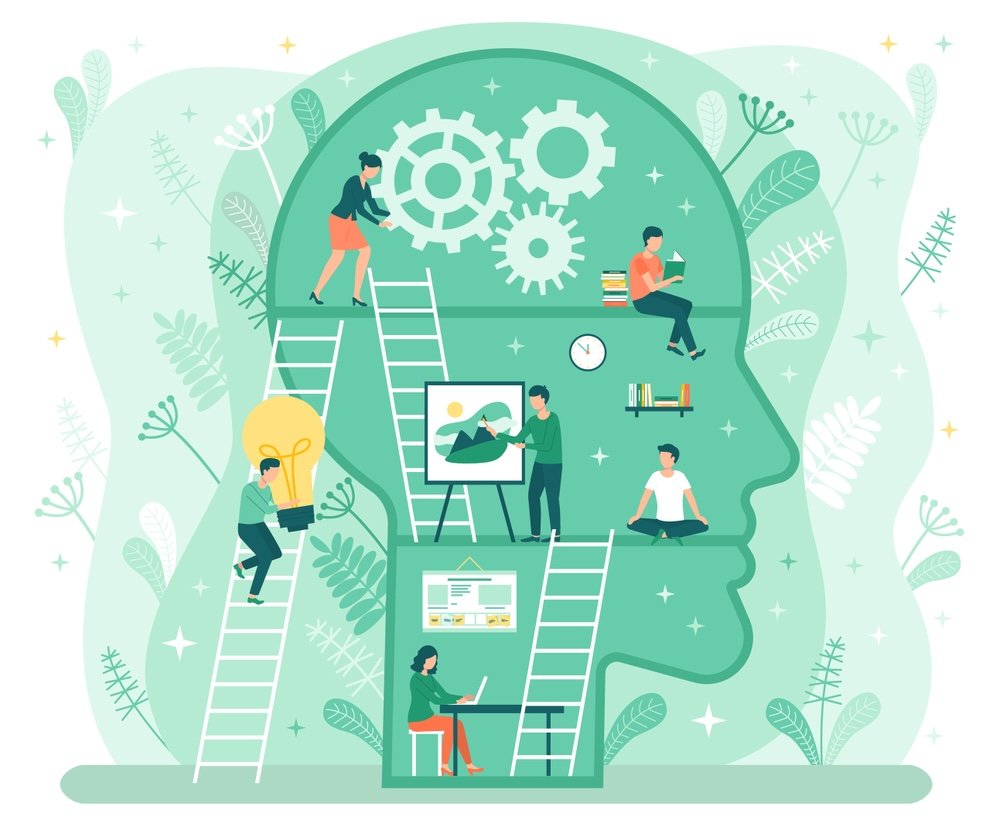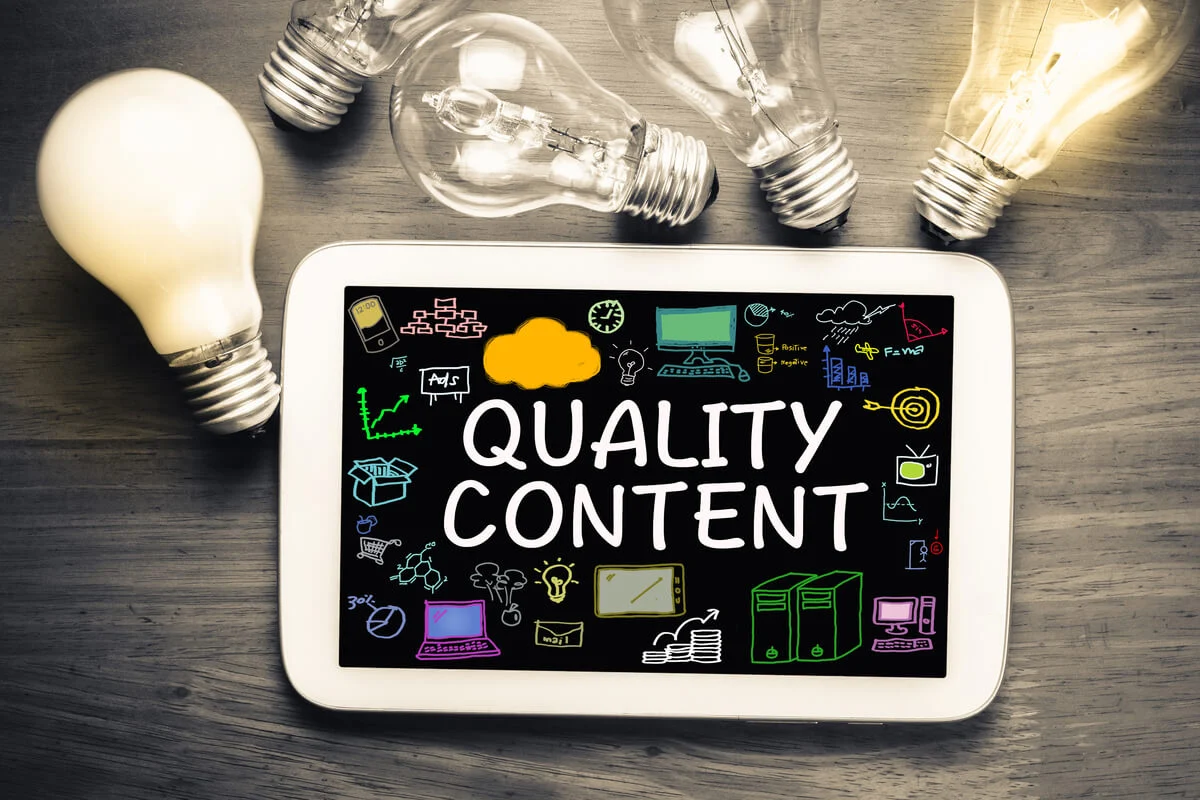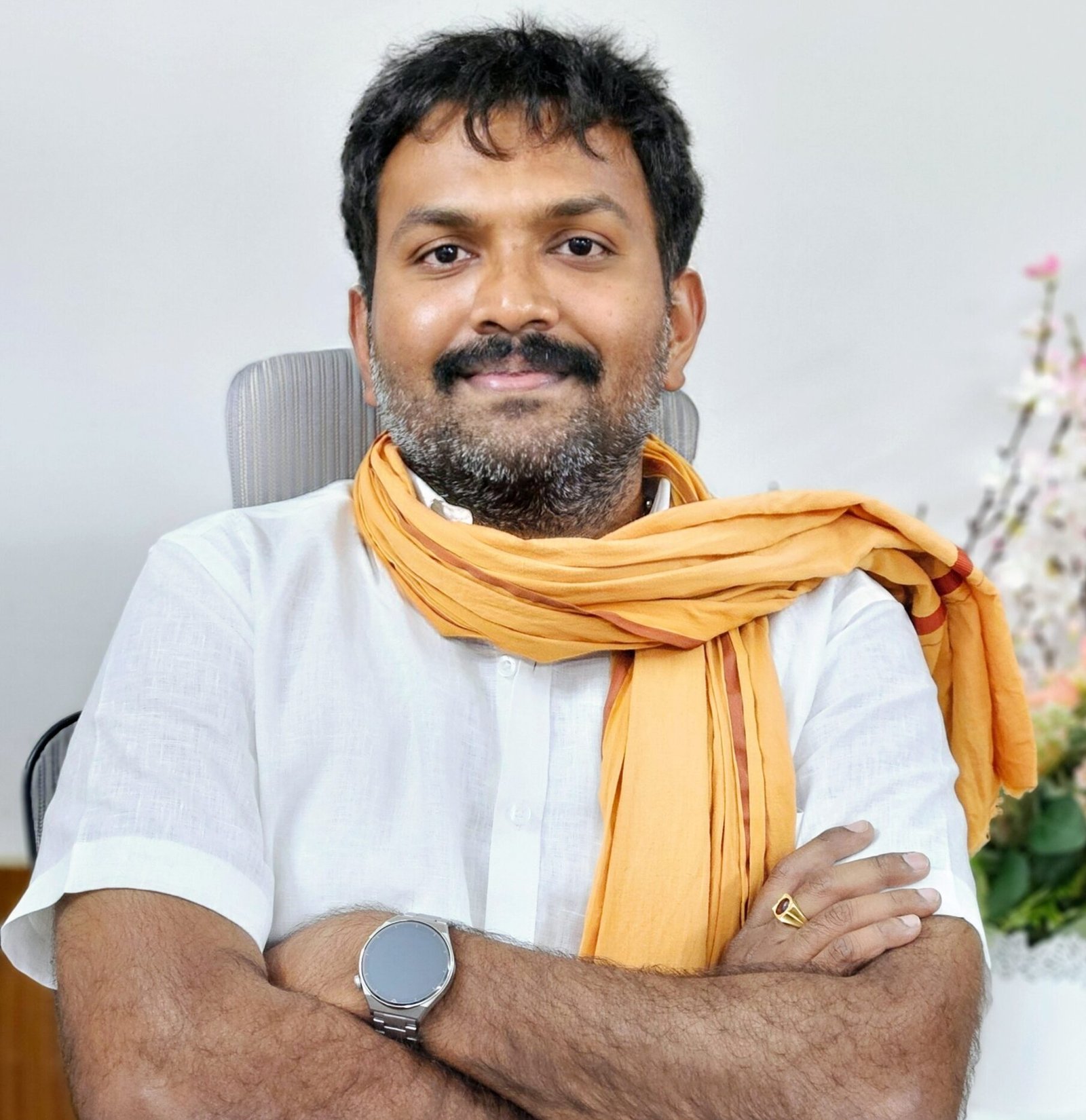Category: Thoughts
The Impact of Short-Form Video Consumption
The solution is mindful use:
• Set limits on screen time.
• Consume content that adds value instead of endless entertainment.
• Balance digital consumption with activities that nurture creativity, relationships, and inner peace.
In today’s world, attention is our most precious resource. Protecting it ensures that we can think deeply, work productively, and live meaningfully.
Self-Reliant India: The Path to Global Leadership
- Prioritizing physical and mental health became essential.
- Technological Advancement: Developing indigenous technology to compete globally.
- Agricultural Sustainability: Enhancing self-sufficiency in food production and exports.
- Healthcare Strength: Creating a robust healthcare system that can cater to all citizens.
- Education & Skill Development: Equipping the youth with the knowledge and skills required for the future.
- Economic Strength & Global Competitiveness
A self-reliant economy is one that is stable, resilient, and capable of sustaining itself in times of global crises. India must focus on:
• Manufacturing & Production: Strengthening the ‘Make in India’ initiative to become a global manufacturing hub.
• Export-Driven Growth: Competing with global economies through high-quality Indian products.
• Financial Inclusivity: Ensuring access to credit and financial resources for all sections of society. - Technological and Digital Dominance
With the world moving towards AI, automation, and digital transformation, India must lead in:
• Indigenous R&D: Investing in research to develop homegrown technologies.
• Cybersecurity & Data Sovereignty: Protecting Indian data and digital infrastructure.
• Space & Defense Innovation: Strengthening ISRO and DRDO to compete globally. - Strengthening Agriculture & Rural Economy
India’s backbone lies in its agriculture and rural economy. For true self-reliance:
• Modernization of Agriculture: Implementing technology-driven farming techniques.
• Agri-Exports: Promoting Indian agricultural products globally.
• Self-Sustaining Villages: Developing rural areas into self-sufficient economic units. - Healthcare & Well-being
A nation cannot progress without a strong and healthy population. India must:
• Invest in Homegrown Healthcare Solutions: Promoting Ayurveda, Homeopathy, and indigenous medical research.
• Make Healthcare Accessible to All: Expanding medical facilities in rural and urban areas.
• Medical Equipment & Pharma Independence: Reducing dependency on foreign medical supplies. - Skill Development & Human Capital
India’s demographic dividend is its biggest asset. To harness its potential:
• Vocational Training: Equipping youth with job-ready skills.
• Encouraging Entrepreneurship: Supporting startups to create employment.
• Education Reforms: Aligning the education system with industry demands.
Self-reliance is not just the responsibility of the government but of every individual. As Indians, we must:
- Vocational Training: Equipping youth with job-ready skills.
- Encouraging Entrepreneurship: Supporting startups to create employment.
- Education Reforms: Aligning the education system with industry demands.
Conclusion
A self-reliant India is a prosperous India. By focusing on economic strength, technological advancement, agricultural self-sufficiency, healthcare accessibility, and skill development, we can transform our nation into a global powerhouse. The journey to world leadership begins with self-reliance, and every Indian has a role to play in this movement.
Let’s build an India that leads the world—strong, independent, and innovative.
5 Years – Lessons from the COVID-19 Pandemic & How to Apply Them in Life
- Health is the True Wealth
• Prioritizing physical and mental health became essential.• Immunity-boosting habits (proper diet, exercise, sleep) are crucial.• Regular medical check-ups should not be ignored.
- Adaptability is Key
• The ability to adjust to new situations (remote work, online learning) was crucial.• Learning new skills and embracing technology became necessary.
- Importance of Mental Well-being
• Many struggled with anxiety, loneliness, and stress.
• Emotional resilience and mindfulness practices proved beneficial. - Value of Relationships
• Lockdowns showed the importance of family and staying connected.
• Quality over quantity in relationships became evident. - Minimalism & Financial Planning
• Many realized they could live with less.
• Having savings and an emergency fund became a priority. - Work-Life Balance Matters
• People realized the importance of a balanced lifestyle.
• Flexible work options improved productivity and well-being. - Nature & Environment Need Respect
• Pollution levels dropped, showing how human activity impacts the planet.
• Sustainable living and eco-friendly habits became more significant.
- Health & Hygiene
• Regular handwashing, wearing masks in crowded places when sick.• Eating nutritious food and exercising consistently.
- Continuous Learning & Adaptability
• Upskilling and staying updated with industry trends.• Being open to change and new opportunities.
- Mindfulness & Stress Management
• Practicing meditation, yoga, or journaling.
• Seeking professional help if struggling with mental health. - Stronger Relationships
• Spending quality time with loved ones.
• Communicating openly and resolving conflicts. - Smart Financial Planning
• Saving more, reducing unnecessary expenses.
• Investing wisely and planning for emergencies. - Balanced Lifestyle
• Maintaining work-life balance and not overworking.
• Prioritizing personal growth and leisure activities. - Sustainable Living
• Reducing waste, conserving resources, and supporting local businesses.
• Traveling responsibly and respecting nature.
- Declutter Your Mind & Space
• Remove distractions and unnecessary commitments.• Keep only what truly adds value to your life.
- Limit Social Media & Digital Consumption
• Avoid negative content and excessive screen time.• Engage in real-world activities and hobbies.
- Stop Comparing Yourself to Others
• Focus on personal growth instead of societal pressures.
• Define your own success and happiness. - Let Go of Toxic Relationships & Habits
• Surround yourself with positive and supportive people.
• Break free from unhealthy habits and routines. - Practice Gratitude & Contentment
• Appreciate what you have instead of always chasing more.
• Keep a gratitude journal to shift your mindset. - Focus on What Truly Matters
• Invest time in meaningful work and passions.
• Prioritize self-care, family, and personal goals. - Sustainable Living
• Reducing waste, conserving resources, and supporting local businesses.
• Traveling responsibly and respecting nature.
The Importance of Content in a Container: Enhancing Value Through Quality
- Value Defines Worth
A well-designed website or a beautifully formatted blog post (the container) means little if the content inside lacks depth, relevance, or engagement. Just like water in a bottle is necessary but not as valuable as petrol or gold, content needs to be enhanced and refined to offer real worth. - Presentation Matters, But Substance is Key
A sleek, expensive-looking bottle might catch the eye, but if it’s filled with impure water, its appeal quickly fades. In the digital world, aesthetics and design help attract attention, but only strong, well-researched, and insightful content keeps the audience engaged and builds trust. - Content Drives Engagement & Retention
People may initially be drawn to a container because of its appearance, but they stay for what’s inside. In blogging, business, and branding, substance keeps your audience coming back. Weak content, no matter how well-packaged, will eventually be ignored.
Final Thoughts
Ashwatthama’s Fate for Taking the Wrong Side
In the Mahabharata, taking the wrong side, whether knowingly or unknowingly, leads to severe consequences, often resulting in downfall, destruction, or eternal suffering. A prime example of this is Ashwatthama, the son of Dronacharya.
Ashwatthama’s Fate for Taking the Wrong Side
Ashwatthama was a powerful warrior and a devoted disciple of his father, Dronacharya. However, he sided with the Kauravas during the Kurukshetra war. While he was a mighty warrior, his actions, especially after the war, led to his eternal suffering.
- The Night Massacre at the Pandava Camp
After the Kauravas were defeated, Ashwatthama, out of rage and a desire for revenge, attacked the Pandava camp at night along with Kripacharya and Kritavarma. He mercilessly killed sleeping warriors, including the five sons of Draupadi (Upapandavas), thinking they were the Pandavas. - The Consequences of His Actions
• When Draupadi learned of the massacre, she was Arjuna vowed to avenge the death of his sons.
• Ashwatthama, in fear of being caught, used the Brahmashira Astra against However, Arjuna countered with the same weapon.
• The destruction from these divine weapons would have been catastrophic, but at Vyasa’s intervention, both warriors were asked to withdraw their weapons.
• Arjuna, being skilled, withdrew his weapon, but Ashwatthama, unable to do so, directed his weapon towards the womb of Uttara (Abhimanyu’s widow), aiming to destroy the last heir of the Pandavas. - Curse of Krishna
This act enraged Krishna. As punishment, Krishna cursed Ashwatthama with eternal suffering:
• He would roam the earth for 3,000 years, suffering from wounds that would never heal.
• He would be isolated, with no one to speak to or care for him.
• His body would stink, and he would have no place to call home.
• His gem (Mani), which granted him power and protection, was taken away by Krishna.
Lesson from Ashwatthama’s Story
• Wrong actions, even if committed in anger or grief, have severe consequences.
• Blind loyalty to the wrong side (Duryodhana and the Kauravas) led to Ashwatthama’s downfall.
• Revenge and hatred can cloud judgment, leading to irreversible mistakes.
• Divine intervention ensures that dharma (righteousness) prevails, and those who go against it are punished.
Thus, Ashwatthama’s fate is a cautionary tale that highlights the dangers of choosing the wrong side and acting without wisdom.
Real Estate and My Views
As a keen observer and close follower of real estate market for more than a decade, I opine that India has shown remarkable resilience and growth over the past two years. I could see varied factors that helped in the growth of the market. Even though hit by significant fluctuations including the COVID-19 pandemic, interest rate changes, and economic uncertainty, the real estate industry could sustain and adapt seamlessly.
In the current year, I see that the rise in the property rates and stable interest rates have created a favorable environment for the real estate industry. Along with this, I am happy that introducing the Government initiatives in the residential sector made home ownership accessible for a larger population. These initiatives turned out to be interesting resulting in the interest surge in both affordable and mid-premium housing. The commercial sector has also experienced substantial growth with the rise of co-working spaces and hybrid work models. Similar patterns of growth are observed in the Industrial and Logistics, Retail and Hospitality real estate.
As part of my vision for the next 20 years:
- Keeping in mind the rapid population growth, I look forward to being part of the urbanization and smart cities idea of the real sector.
- Sustainability and green buildings are another major segment of real estate, wherein I look forward to actively investing my ideas in developing multiple eco-friendly projects. I also look forward to having most of my projects to majorly have sustainability as one of its development pillars.
- Technology has by far revolutionized the real estate industry. As a continuous learner, I would like to adapt to the concepts of AI predictive analysis, Blockchain concepts, and other advanced ideas in building smart and safer homes.
- The upward trajectory and economic conditions, there is a larger demand for luxurious living spaces, giving me a chance to explore innovative avenues of industry.
A firm believer of accessible projects and great accomplishments when one does the following:
- Picking the right projects must be emphasized as a project encompasses the right location, accommodating neighborhoods, connectivity, growth of the place, and many other factors yield a good project. And this in turn helps in garnering good customers/buyers.
- It is crucial to build a good real estate team for navigating successful real estate projects. The team should understand the complexities of the market, current trends, and other factors to maximize the investment.
- One of the key performance indicators for collectively creating successful real estate projects is Quality. These quality checks can be performed during the location, design, material used for the projects, and while performing many other elements of construction.
- Transparency is another core value I thoroughly adhere to while crafting my real estate projects. Customers, staff, and everyone involved in the project are provided with the visibility of the progress of the project.
As I conclude, I would like to accentuate that any individual can be called successful when he/she is adaptable, approachable, and aces in their industry understanding.
How to Deal with Things in Pressure or Drive in the Right Direction?
In today’s world, pressure is our constant companion. While we were kids, our lives were easy and happy. However, as we molded into adulthood, life became more complicated due to pressure. If you take a step back and overview your life, you will realize that a consistent low-grade pressure always suppresses us. And we have mostly befriended it in our lives.
However, things might turn really challenging when sudden high-grade pressure enters our lives. As we are mostly familiar with mild stress, extreme pressure often leads to unpleasant consequences. One of such outcomes can be wrong or impulsive decisions.
People have a tendency of getting nervous when subjected to immense pressure. They wish to get rid of such unusual circumstances as soon as possible, and lose control of their mind when stressed. In science, it’s referred to as adrenaline rush. As the name suggests, people rush into bad decisions without considering the pros and cons. And deviating from the right track often comes with heavy penalties.
So, how do you deal with pressure while staying on the correct path? It’s simple! You need to consider a few things to ensure that you never make bad decisions under pressure.
First things first! When under pressure, people often feel disconnected from their conscience. Consequently, they cannot think of the correct direction or often oppose the laws of nature. So, you must keep calm and practice deep breathing under pressure. It will ensure that you can listen to your inner soul during difficult times.
Once your body turns normal, it’s time to take a step back and view the larger picture. It’s best to accept that everything happens for a reason over which you have no control. Talk to your conscience and think of the ideal steps that nature teaches you to get out of similar situations. And believe me, you will find the right way out of such circumstances in some time.
Conclusion:
Pressure is a common thing in everyone’s life. However, the way you deal with such circumstances distinguish you from others. One who always maintains their calm during storms and listens to their conscience will never deviate from the right track defined by nature. So, do not panic and talk to your inner soul to find the way out when immense pressure takes over your life.
Simple to Laugh..! From Srimad Bhagvatam..!
“”The citizens will suffer greatly from the cold, wind, heat, rain, and snow. They will be further tormented by quarrels, hunger, thirst, diseases, and severe anxiety” – Srimad Bhagvatam 12.2.10″”
When the Lord himself describes Kalyug, the description isn’t calming. Rather, it is quite intimidating. And when you look around, you will find these entities to be largely prevalent in today’s world. Consequently, almost everyone is sorrowful without having many reasons to smile. But have you ever wondered what is the reality of so much sadness? Is it just because we are living in Kalyug? I don’t think so.
In my opinion, the sole reason for everyone’s misery is a strong attachment to everything that causes stress, anger, and hatred. People often keep recalling incidents that make them sad or angry for days. What’s the result of carrying so much baggage? Your heart starts feeling heavy, leaving no room for happiness, smile, and laughter.
Instead of clinging onto things that agitate you, it’s always better to forgive and forget for the sake of one’s own mental peace. Thus, the saying goes like, “Accept what is. Let go of what was. Believe in what will be.” One must always let go of grudges to feel even the smallest things that could bring a smile on your face.
It brings us to another primary reason behind people’s sorrow. High expectations! We expect numerous things from ourselves, others, and society. When we fail to experience what we wanted, it hurts us. So, the key to happiness is keeping low expectations towards life and feeling satisfied with whatever you possess.
Even a bird chirping, kids playing, sunrise, and dusk can make us feel happy. After all, life is full of pleasant things requiring our attention. One needs to identify the smallest reasons to smile and make others laugh every day.
Final words
Laughing is not at all difficult. We make things appear sadder than in reality. People expect too much and carry useless things to heart. Ultimately, we start feeling negative and sadness takes over.
So, the moral of the story is that we should keep all worries at bay before going to bed, and learn to enjoy every minute pleasures in the journey called life.
My Spiritual Talk
What do we see around everyday? Chaos, pressure, stress, anxiety, and anger. Apart from constraining our environment, these entities leave a casting spell on our mind and body.
And the worst part is that we are learning to live with constant low-grade stress and tension. Since we are deep-down into our daily activities and leave no room to practice self-consciousness, we forget that the temple inside us in the form of soul feels suffocated.
Similarly, there can be a gamut of reasons your mind feels uprooted and start talking to you. And if you listen carefully, it’s a calling for a spiritual journey.
I, too, experienced a strong calling for a spiritual journey when a mix of emotions started overpowering me. So, I went on a spiritual tour to get answers to some of my unanswered questions about life. I’m in Hanuman Diksha till November, trying to reroute my mind and awaken my spirituality.
Since the day I made up my mind for Hanuman Diksha, I started feeling calmer, relaxed, and capable of absorbing everything that He bestows on me. I could better control my emotions and feel more detached from materialistic attractions.
One of the many purposes of my spiritual awakening is to become capable of turning off my stray thoughts and keeping my mind focused. And I’m highly sure that this voyage would help me practice these aspects in my life. This journey is bringing me closer to God and conscience. It’s a strange experience that no words could describe.
We all move on a spiritual journey a little differently. The perfect age, time, and roadmap for embarking such a tour varies from one person to the other. This was the right moment for me to attend to my callings and devote a few months of my life connecting with the supreme being.
Since the onset of my journey, I am constantly experiencing my transformation into a more controlled, focused, and intellectual being. I want these learnings to last a lifetime with me. I hope that this tour will give all answers to my questions, and I will return as a better person inside out.










